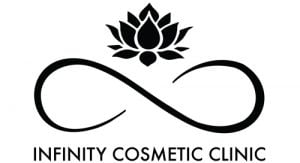New advancement in science and technology has brought a revolutionary change into the world. New dynamics have been introduced in every field of life. The world of cosmetology is also one of them. Though the urge to look younger and beautiful is not new now cosmetologists, dermatologists, and aesthetic experts have taken this desire beyond the limits. With new facial treatments, serums, laser sessions, and modern massaging techniques, every Tom, Dick, and Harry have joined the race to have flawless skin.
Chemical Peel
To improve skin texture and beauty, skin care professionals have introduced chemical peels. It is believed to bring wonderful results by addressing all the skin issues and repairing them by uprooting the real cause. Chemical peel refers to the application of chemical solutions, with an acidic active ingredient to the skin, it exfoliates the dead skin and after a prescribed period, it is peeled off. It removes the dead layer leaving smoother, wrinkle-free, and even-toned skin. Chemical peel gives your skin a rejuvenated look and repairs sun damage.
Since the chemical peel addresses numerous skin concerns, it is considered a single solution to all troubling situations. Let’s delve into the skin issues which can be treated with various types of chemical peel as recommended by dermatologists.
- Sun damage, hyperpigmentation
- Fine lines and wrinkles
- Melasma
- Roug hand dead skin
- Dull complexion
- Acne and acne scars
- Signs of aging
Now comes the question of selecting the right peel that suits to your skin type. The selection depends on your skin type, the skin problem that needs to be addressed, and the desired results. Only a senior and experienced skin specialist can advise you on the suitable peel to meet your skin needs and assess your skin problem. The consultation with a dermatologist will finalize the type of chemical peel that is much more likely to deal with your issues effectively. There are three classifications of chemical peels. Let’s see what peel is effective for which type of skin and how they work to resolve a particular skin problem.
Superficial or Light Peels
Light chemical peels, or superficial peels, are formulated with gentle peeling agents to exfoliate dead and dull skin effectively. As the name implies, this chemical peel is quite light and affects the top layer only. There are three kinds of superficial peels, that contain different mild acids to tackle a specific skin problem.
1- Alpha Hydroxy Acid Peels:
Alpha Hydroxy acids peels are formulated with a variety of different acids, including citric acid, lactic acid, magic acid, and tartaric acid. It stimulates the production of natural collagen. Collagen strengthens the skin maintaining its elasticity and hydration. The most popular AHA peel is a glycolic acid peel whose molecular structure penetrates the layers of the skin removing the signs of aging, and fine lines.
2- Beta Hydroxy Acid (salicylic acid) Peels:
Beta Hydroxy acid Peels, or BHA, are meant to remove blemishes and scars. They are lipid-based peels and can reach the inner layers of the skin. Salicylic acid acts as a clear-out for the pores and its anti-inflammatory characteristics reduce acne marks. It does magic to acne-prone skin.
3- Jessner’s Peels:
Jessner’s peels vary in strength depending on the ratio of the acids used. The skin care specialist can tailor the solution to meet the skin requirements of their patients. Jessner’s peels may contain some additional acid combinations to address the patient’s particular skin issue. They may have mandelic acid (from almonds) to fight inflammatory skin issues, phytic acid to treat patients with sensitive skin, or lactic acid to provide a glow to the skin hydrating the inner layers.
Medium Peels
A medium chemical peel is meant to remove skin cells from the epidermis and the middle layer of the skin (dermis). It is considered the best to treat wrinkles, acne scars, and uneven skin tone. Frequent application of medium chemical peel will produce the desired output. The most common medium-depth peel is a Trichloroacetic acid peel.
Trichloroacetic Acid Peels (TCA)
Trichloroacetic acid or TCA peels are tailored in various strengths and combinations. TCA can be combined with salicylic acid, which is used in a fractional ratio within a solution. But when the TCA percentage exceeds 20%, it solely needs to be administered by a medical practitioner. They are considered the best to treat pigmentation issues, sun damage, deep wrinkles, and acne scars. Furthermore, TCA peels are also used to treat pre-cancerous growths on the skin.
Deep Peels
The third type of chemical peel is the strongest and such peels are used to address severe skin issues including wrinkles, sun damage, two-tone skin, discoloration, and other severe skin concerns. This treatment is usually not recommended for people having darker skin tones. It goes deeper into the inner layers of the dermis and actively works against skin infections.
Conclusion
Before using any chemical peel you need to consult your health care provider to recommend you the best chemical peel. Your dermatologists will determine the exact chemical peel assessing your skin needs based on your medical history and skin reactions. You need to share with your skin care professional the treatments you have undergone for the best results avoiding any kind of skin reaction.
Moreover, for a quick healing process, the aftercare instruction as prescribed by your skin care professional is a must to follow. Different chemical peels offer numerous skin benefits and repair your skin only if the right chemical is selected and applied by medical professionals.




